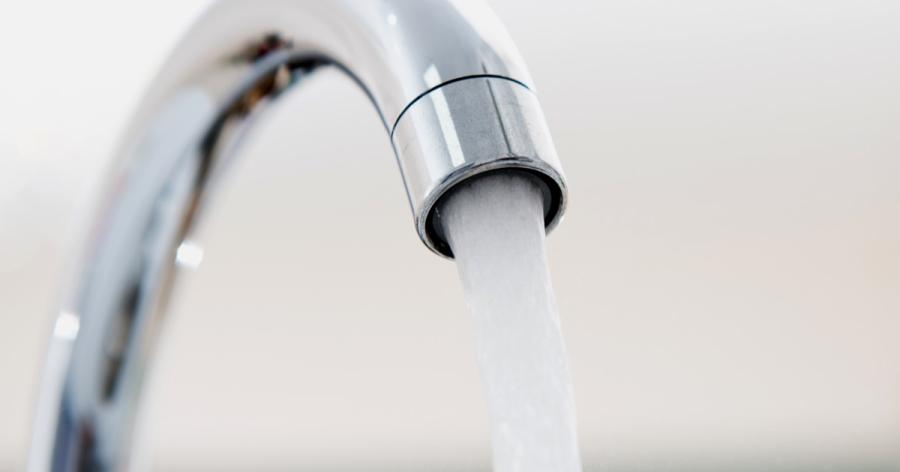What You Can Do About Lead: Clean, Flush, Consume Cold

If you find that your water service line, plumbing, or fixtures may contain lead, there are several steps you can take to reduce the risk of exposure. These actions will ensure that the highest quality drinking water comes out of your tap.
CLEAN Faucet Aerators
An aerator is a fine mesh screen made of metal or plastic that is attached to the end of most faucets. They mix air into the water to reduce the volume while enhancing pressure. Aerators collect tiny pieces of material that have corroded from inside your home’s plumbing and water heater.
Aerators should be cleaned at least twice a year and after any work on your plumbing system or disruptions in water service. Work on plumbing or water mains can dislodge small particles of solder or other materials from pipes. In cases where homes have lead service lines or plumbing, these particles can contain lead.
To clean your aerator, remove it from the faucet, separate the components, and soak or rinse the pieces in cold water. For deposits that are difficult to remove, soak the parts in white vinegar, scrub with a toothbrush, and rinse thoroughly with cold water. If there are parts that are broken or missing, replace them before reassembling and attaching the aerator securely back onto the faucet.
FLUSH Your Plumbing
Flush your cold water lines before consuming water when water has not been used for 6 or more hours. To flush plumbing, run the water until you feel a temperature change. Then keep running the water for an additional 30 seconds to 3 minutes. The time depends on how far your home is set back from the road and the flow rate of your faucet. You can also flush the toilet, take a shower, or start a load of laundry to flush plumbing. The goal is to remove any water left sitting in your pipes and have fresh water from the main in the street come out of your tap before using any for drinking or cooking.
Like with cleaning aerators, you should also flush your water lines after any work on your plumbing system or disruptions in water service.
CONSUME COLD Water
Always use cold water for cooking, drinking, and preparing baby formula. Hot water corrodes pipes faster and is more likely to contain lead. If you need hot water for food or drinks, get water from the cold water tap then heat the water.
Additional actions you can consider include:
- If your home has a lead service line and/or plumbing with high lead solder, it can be added to the list of homes eligible to participate in our Lead & Copper Compliance Monitoring program. Learn more and see if your home meets the criteria.
- Have a certified laboratory test your water for lead. The Ohio EPA maintains a list of laboratories that are certified to test for lead on their website.
- Replace lead service lines, plumbing installed prior to 1986, and faucets manufactured prior to 2014. We'll replace the city-owned portion of a lead service line whenever a customer replaces theirs.
- Using a water filter certified to meet NSF/ANSI Standard 53 for lead removal. The filter should be certified by the National Sanitation Foundation International (NSF), Underwriters Laboratory (UL), or Water Quality Association (WQA). Filters should only be used with cold water and must be changed regularly to work effectively.
